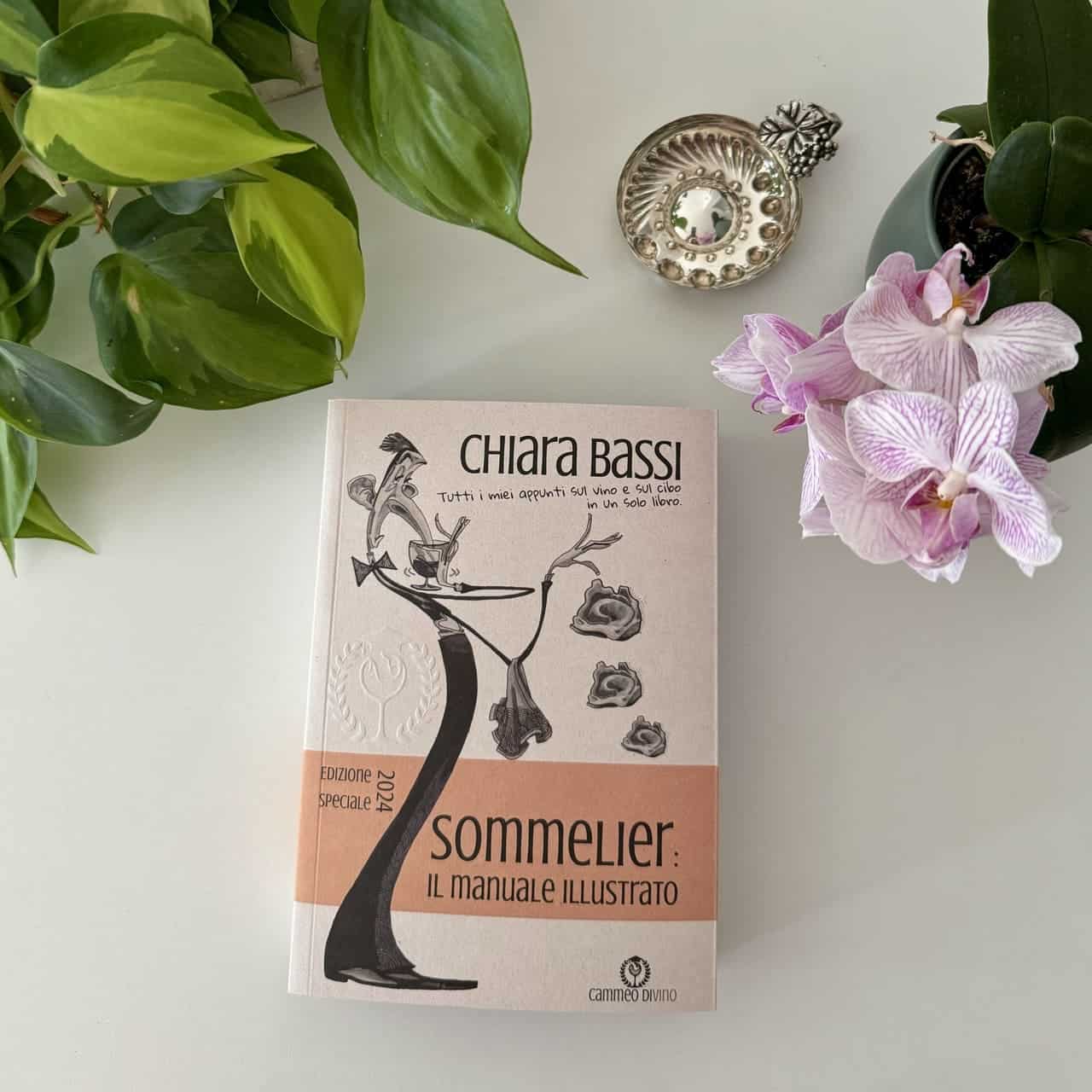Thanks to my reader Christian who has just taken the AIS exam these days, I share with you this article on exam questions that will surely be useful for you to study. I have given short answers to help you brush up... I hope I can be of help! ? The best advice I can give you is to practise questions like these, perhaps substituting countries, grape varieties, dishes to go with them and regions! Answering these questions reminded me of the time when I used to attend the AIS classes in the Alta Romagna delegation... how I loved them! So many wine-loving friends like me... some extraordinary speakers like Bruno Piccioni, Giorgio Amadei, Roberto Gardini... Good times! 😍🍷
AIS Exam - Question 1 | Chile: grape varieties and wine-growing areas.
The most cultivated white grape varieties in Chile are Chardonnay e Sauvignon Blanc. The most cultivated black grape varieties in Chile are Merlot, Cabernet Sauvignon, Sirah e Carmenère. The wine-growing areas are the Rapel Valley, the Colchagua Valley, Maipo e Casablanca.
AIS Exam - Question 2 | Indicate the main areas of Cannonau.
The Cannonau is produced in the wine-growing areas of theOgliastraof the Barony, Barbagia and the Nuorese.
AIS Exam - Question 3 | Cognac: what is it made from and where is it produced?
Cognac is a wine distillate produced in a defined area between the departments of Cherente e Cherente Maritime 130 km from Bordeaux, between the Limousin and Perigord hills and the Atlantic Ocean. Read my full notes on Cognac.
AIS Examination - Question 4 | List the 10 most cultivated and significant grape varieties in South Tyrol.
I 10 grape varieties more cultivated than theSouth Tyrol are: Pinot Grigio, Pinot Blanc, Gewürztraminer, Chardonnay, Sauvignon, Sylvaner, Kerner, Slave, Lagrain, Pinot Noir.
AIS Exam - Question 5 | Define "Harmonic" in wine tasting. What is your scale of values?
Harmony is the set of evaluations given to wine and is positively assessed by the satisfaction of two fundamental requirements:
- consistency of the characteristics of the various wine examinations;
- high level of wine quality.
Rating scale:
- HARMONICall characteristics assessed during the 3 sensory analysis examinations combine perfectly;
- HARMONIC ENOUGHSlight discrepancy in one or more characteristics assessed during the 3 examinations of the sensory analysis;
- LITTLE HARMONICClear discrepancy between the characteristics assessed during the 3 examinations of the sensory analysis.
AIS Examination - Question 6 | Vin Doux Naturel: what they are and where they are produced. Examples?
I love them!!! Vin Doux Naturel in a nutshell they are fortified wines, i.e. wines where fermentation is rapidly stopped to prevent all the sugars from turning into alcohol and alcohol is added to increase the alcohol content. My favourites are the Porto and the Moscatel de Setubal... which I discovered at AIS lessons with a delicious Bacaloha 2011! Vin Doux Naturel are also a AOCs of southern France, especially Languedoc Roussilion! I have had some wonderful ones, first and foremost the Muscat de Saint-Jean-de-Minervois! These wines are made from Muscat d'Alexandre and Muscat à Petits Grains grapes. The best known are Muscat de Rivesaltes, Muscat de Lunel, Muscat de Frontignan, Muscat de Mireval and, indeed, the Muscat de Saint-Jean-de-Minervois!
AIS Examination - Question 7 | Beef with thyme: indicate the main organoleptic characteristics, those of the pairing wine, indicating its name.
To analyse the organoleptic sensations of the beef steak, thinking of medium cooking, immediately comes to mind the succulence induced meat (undercooked or medium-cooked favours chewing and thus also salivation) and then immediately afterwards I think of thearomaticity, bitterness and olfactory persistence of thyme. For this I would match an alcoholic wine to contrast the succulence of the meat, intense, soft and persistent to contrast the thyme sensations. Since I love the Langhe very much, I would match a Barolo!
AIS Examination - Question 8 | What is the difference between fatness and oiliness?
Fatness and greasiness are both soft sensations that differ because the former concerns solid fats (mainly animal fats) that give a doughy sensation in the mouth because they do not melt immediately, whereas the latter concerns vegetable oils or liquefied solid fats such as melted butter.
GREASE: solid fats, i.e. those that give a solid perception between tongue and palate. Butter and lard give that doughy sensation in the mouth because they do not melt immediately. Chocolate also tends to be so because it almost always contains at least 30 % of cocoa butter which is responsible for that doughy note that chocolate, especially dark chocolate, leaves in the mouth after swallowing. But also meat, cheese, some cured meats....
UNTUOSITYrefers to vegetable oil. While fat is something solid, the unctuous note is something liquid that makes the tongue veiled and insensitive. It is given by the presence of oil or liquefied fats such as melted butter (simultaneously giving the sensation of fatness and unctuousness). If there is no vegetable oil and no other liquid fats in a preparation, we cannot have this sensation!
AIS Examination - Question 9 | Food and Wine Pairing: Can you write me a match for Concordance and a match for Contrast?
Match for concordance means that the characteristics of wine: Sweet wine with sweet food. For example, a chocolate cake with a Centesimino Passito. Pairing for Contrast: Sweet wine with spicy food. For example, a Sauternes with a blue cheese.
For more information on the Food and Wine Pairing Sheet click HERE.
AIS Exam - Question 10 | What are the characteristics of barrique wines? How does the barrel influence the wine?
Through very slow oxygen exchanges, the wood imparts variations in colour, perfume and taste to the wine. The colour warms up, turning garnet for reds and deep gold for whites, and the bouquet acquires evolved scents with notes of fruit in spirit, solvent, fur, coffee, butter, vanilla, dried fruit, cocoa and tobacco. The taste becomes softer and more balanced as the acids partly transform and combine while the young tannins in the skins change their structure, polymerise and precipitate.
Read more Maturation and ageing.
AIS Examination: Do you want to go over some more with me?
- Shall we simulate the written test and study together?
- Questions and Answers of 2016 - Part 1
- Questions and Answers of 2016 - Part 2
- Questions and Answers 2015
If you would like to explore some other topic, write to me in a comment!
Cheers 😍🍷
Chiara


